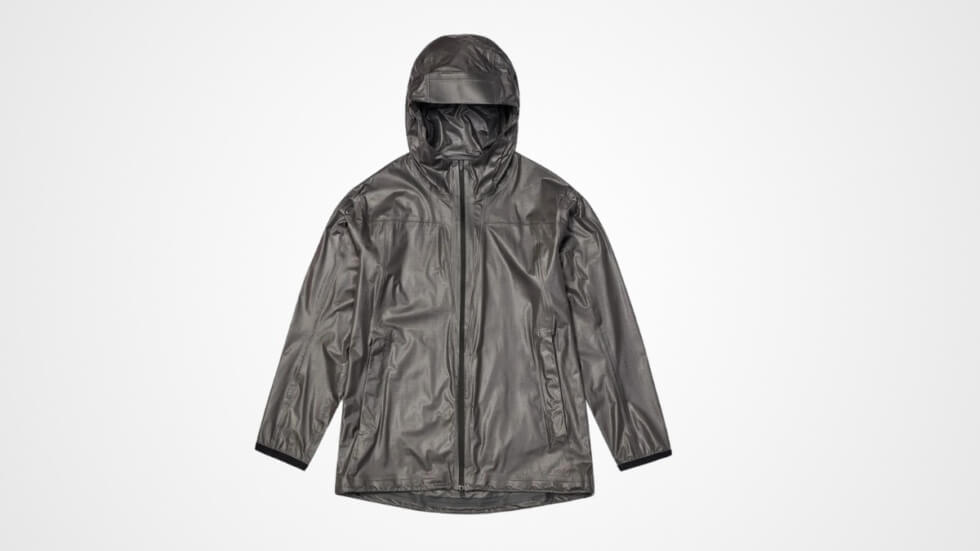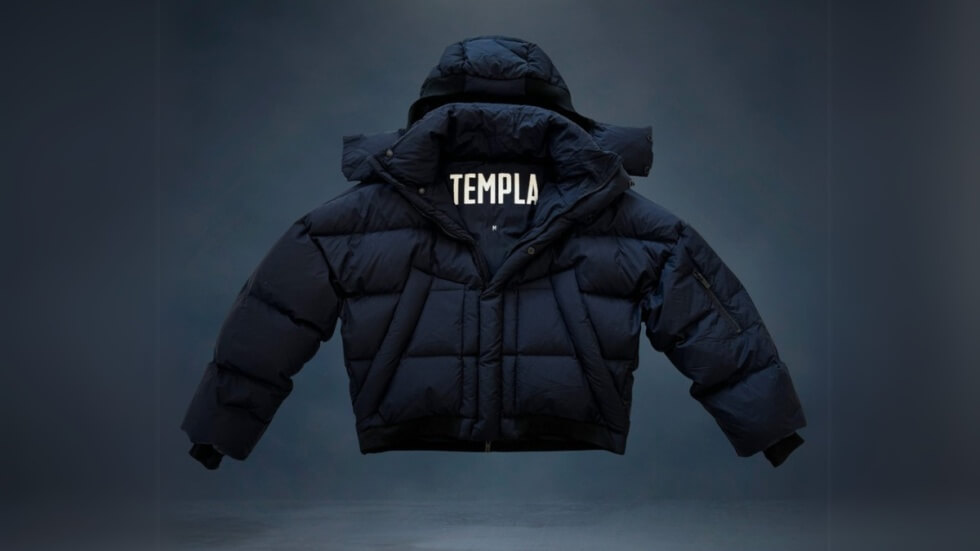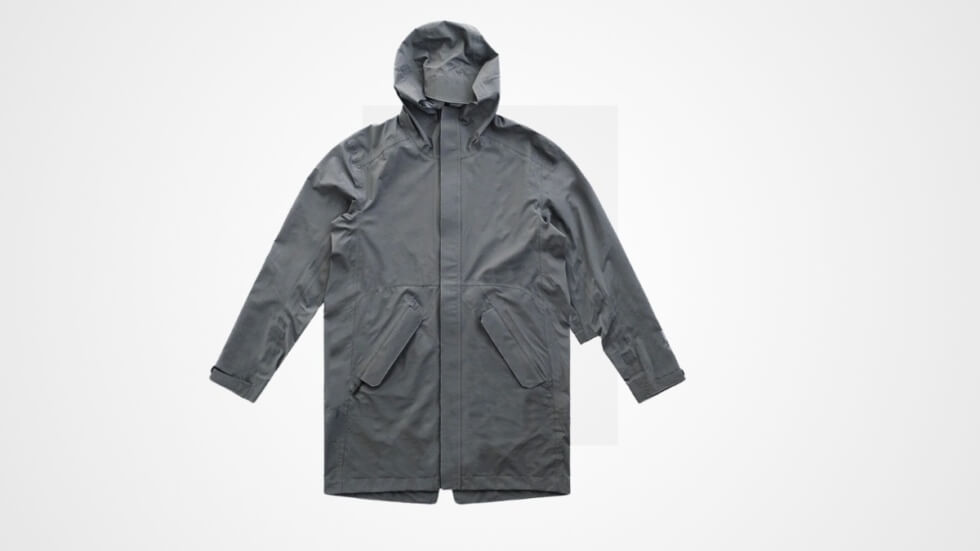Mullets. Think of them in your head. Who comes to mind? Charlie Sheen? Billy Ray Cyrus? John Stamos? Andre Agassi? Patrick Swayze? David Bowie? The fictional character Joe Dirt (played by David Spade)? Your parents circa some 20 or 30 years ago? No matter how cool some of these mullets looked, the haircut itself has a bad reputation. In most people’s eyes, it’s an ugly, unkempt and chaotic cut best saved for exaggerated portrayals of country folks. But, times change. The mullet’s back and better than ever. (Even the National Association of Barbers thinks so.)
“It is undoubtably getting more popular and I’m certainly getting a lot more requests for them. But it’s all relative and it’s still a haircut that sits on the fringes (pardon the pun) of everyday society,” Emily Clark, Senior Barber at Soho’s Fellow Barber, says. But however fringe it may still be, the number of people requesting one (and sticking with it) is growing. “Currently I have about 15 regular mullet customers.”
The mullet you’re imagining, though, isn’t the one Clark’s clients are leaving the shop with. A modern version of the mullet — a kind of cross between a shag and a bob, and, of course, a mullet — is taking over. It’s subtler (still hard to say about a mullet, I know) and more of a treatment for unmanageable long hair than it is an end goal. Although the cut’s versatility is making it more and more appealing.
“There are so many varieties on how a mullet can be cut and worn,” Clark says. “It can be super extreme or really subtle. It reached its peak in the 80s from Joan Jett to Miami Vice, [but a] more modern take would be a skin faded mullet, or something much softer and face framing. The main defining factor is the length left in the back, typically disconnected from the rest of the haircut.”
As Clark said, the crux of what made the mullet a mullet remains. It’s just that the style’s been pared back to be more appropriate in today’s context. (Hair rock hasn’t had quite the resurgence punk pop has.) But Clark says that those interested in a mullet (or with long hair they’d like to reimagine) shouldn’t be worried about reactions from their peers.
“What even is ‘appropriate’ nowadays?” she asks. “If you have a more corporate / button-down job, probably not. But if you work if a profession where you are allowed to express yourself freely, sure. Go for it! It’s only hair… [and] if you’re asking for a mullet then you probably have some level of awareness of what you’re in for.”
What you’ll need, though, besides the confidence to pull one off, is quite a bit of hair to start with. Mullets can’t really be fashioned from short or even medium-length hair. You could ask your barber (the professional), and they’d likely do something to set you up for future success — i.e. cut the back and top to two different lengths.
To get a mullet, Clark says, “all you need is enough hair to leave a longer length in the back than what you have on the rest of your head. If your hair isn’t particularly long but you want something extreme, it’s something you can work towards with your stylist. With each cut you can leave the back allowing it to grow for a more dramatic effect.”
The more dramatic, the better, Clark explains. Sure, baby steps might make someone who’s held onto the same style for decades more comfortable with the change, but a mullet is a significant departure from most “mainstream” haircuts regardless of who it is asking for it.
“The mullet is often the butt of a lot of jokes, so it takes a lot of confidence for someone to rock it,” Clark says. “It shows that they don’t care what others think of them and often someone is just having fun with their hair.”
Mulling a Mullet? Here’s How to You’ll Take Care of It
Maintenance Cuts
“Hair grows about 1/2 inch every month, so you’ll tend to notice any growth a lot quicker on shorter hair as opposed to longer hair,” Clark says. “Factors that contribute to haircut frequency are: Your end goal for your hair, your vanity threshold and your availability. But as a benchmark most people get their haircut every 4-6 weeks.”
Products
“Once you are the owner of a fantastic mullet you’ll want to keep it on tip top condition,” Clark explains. “You’ll have some length preserved so make sure you are gently cleansing the hair whilst adding moisture to avoid breakage. For this, I’m a huge fan of the Fellow Winter Wash. Often I cut mullets with a lot of texture, so styling with Fellow Mineral Spray is a great shortcut for adding volume and really bringing out that playfulness of the haircut. You can further condition and refine the ends with our Fellow Styling Cream.”
Clark can only really recommend what she trusts in the shop: Fellow Barber products. But, from my own testing, I’ve learned they’re some of the best. You won’t be disappointed — and that’s coming from someone with plenty of other products at my disposal. However, no mullet… yet.
This content is created and maintained by a third party, and imported onto this page to help users provide their email addresses. You may be able to find more information about this and similar content at piano.io



